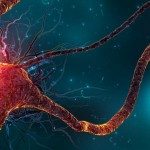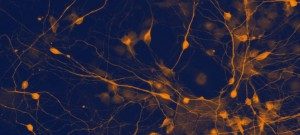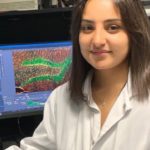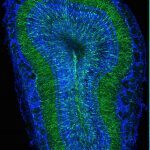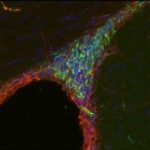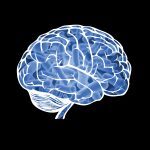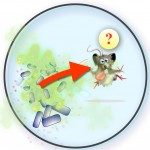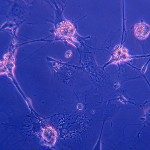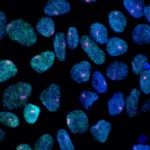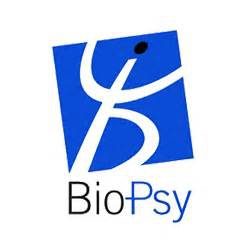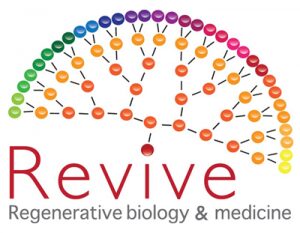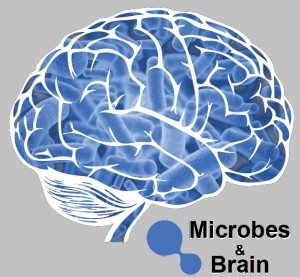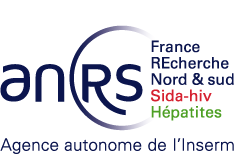- From basic to translational research
Much of our adult behaviors reflect the state of neural circuits sculpted by sensory experience in infancy and early childhood. At no other time in life does the surrounding environment so potently shape most of the brain functions – from basic motor skills or perception to higher cognitive processes like language. However, the existence of neural stem cells in some parts of the adult CNS, including humans, suggests previously unrealized neural plasticity where the host circuits are endowed with a never-ending critical window, and thus remain sensitive to sensory experience, reward values and/or distinct brain states (emotion, arousal, inflammation, etc.), throughout life.
Our laboratory tackle the question of the adult brain plasticity brought into play by the late neurogenesis. We are particularly interested in determining the conditions that regulate the degree of adult neurogenesis and, in turn, the impacts of modied adult neurogenesis on cognitive and affective functions, both in animal models and human beings. We believe our projects relevant for a better understanding of adult neurogenesis-dependent brain capacities, including cognitive and affective functions.
- A clue emerges
Understanding how neuronal plasticity waxes and wanes with age, or during psychiatric disorders such as major depressive disorder or bipolar disorder, carries an impact far beyond Neuroscience, including education policy, therapeutic approaches to developmental disorders or strategies to treat mood disorders in adulthood. Our research plans are aimed at the interface between System Neuroscience – applying in vivo cellular/molecular techniques to elucidate complex neural systems, and psychiatry.
Our research group has discovered that new olfactory neurons bring unique features for neural circuits in the adult olfactory bulb. Our major goal now is to establish the causality between the recruitment of new neurons and the circuit functioning at a cognitive level. We have found that, in the olfactory bulb, a specific inhibitory circuit provided by adult neurogenesis allows coincident detection between sensory inputs from the sensory organ and cortical top-down inputs from the olfactory cortex. These new insights suggest unexpected perspectives for newborn neurons in sensory information processing, including learning machine rules, and in cognitive functions including perceptual learning, memory supported by re-entry feedback, encoding reward relationship, coding the stimulus identity and/or the stimulus value (or context).


